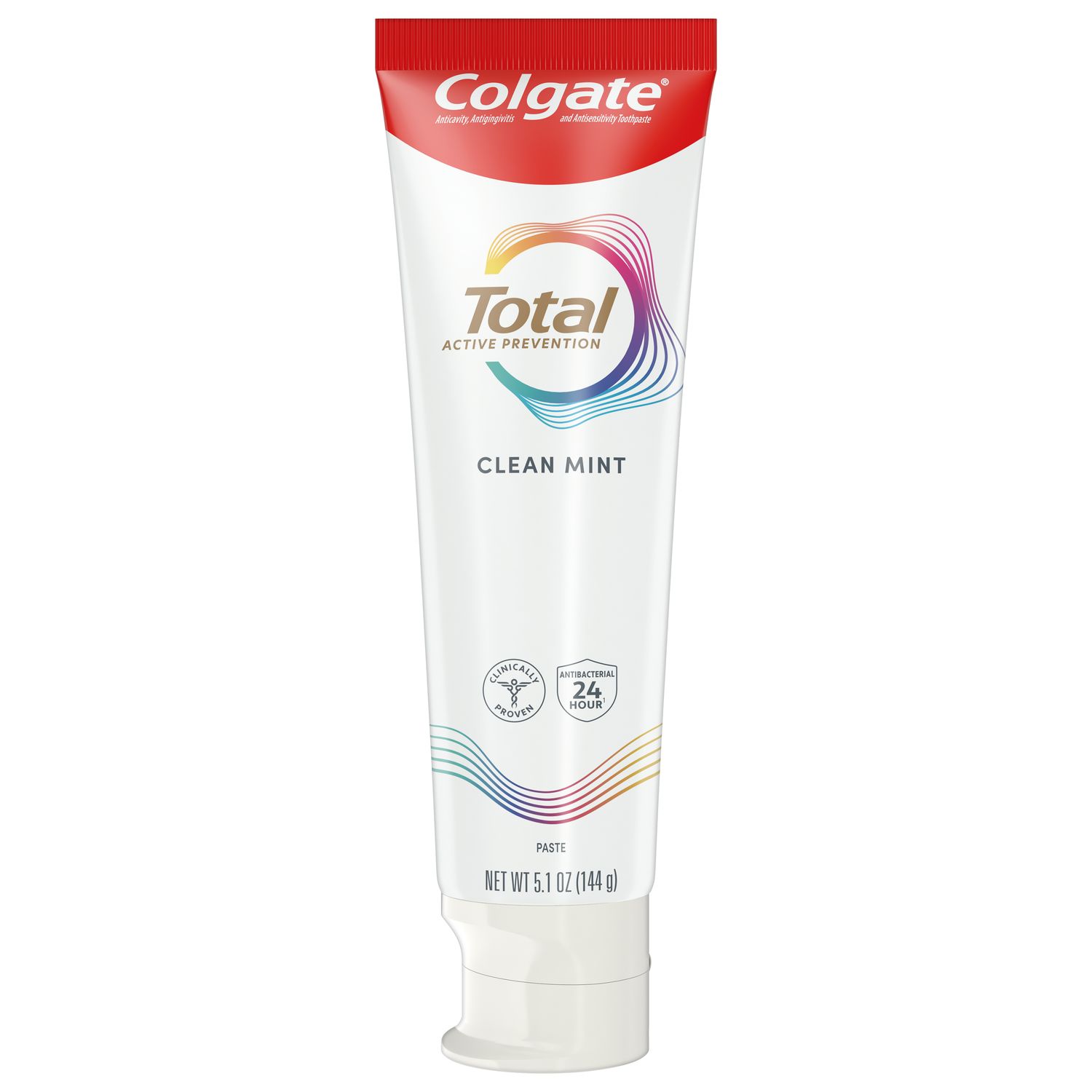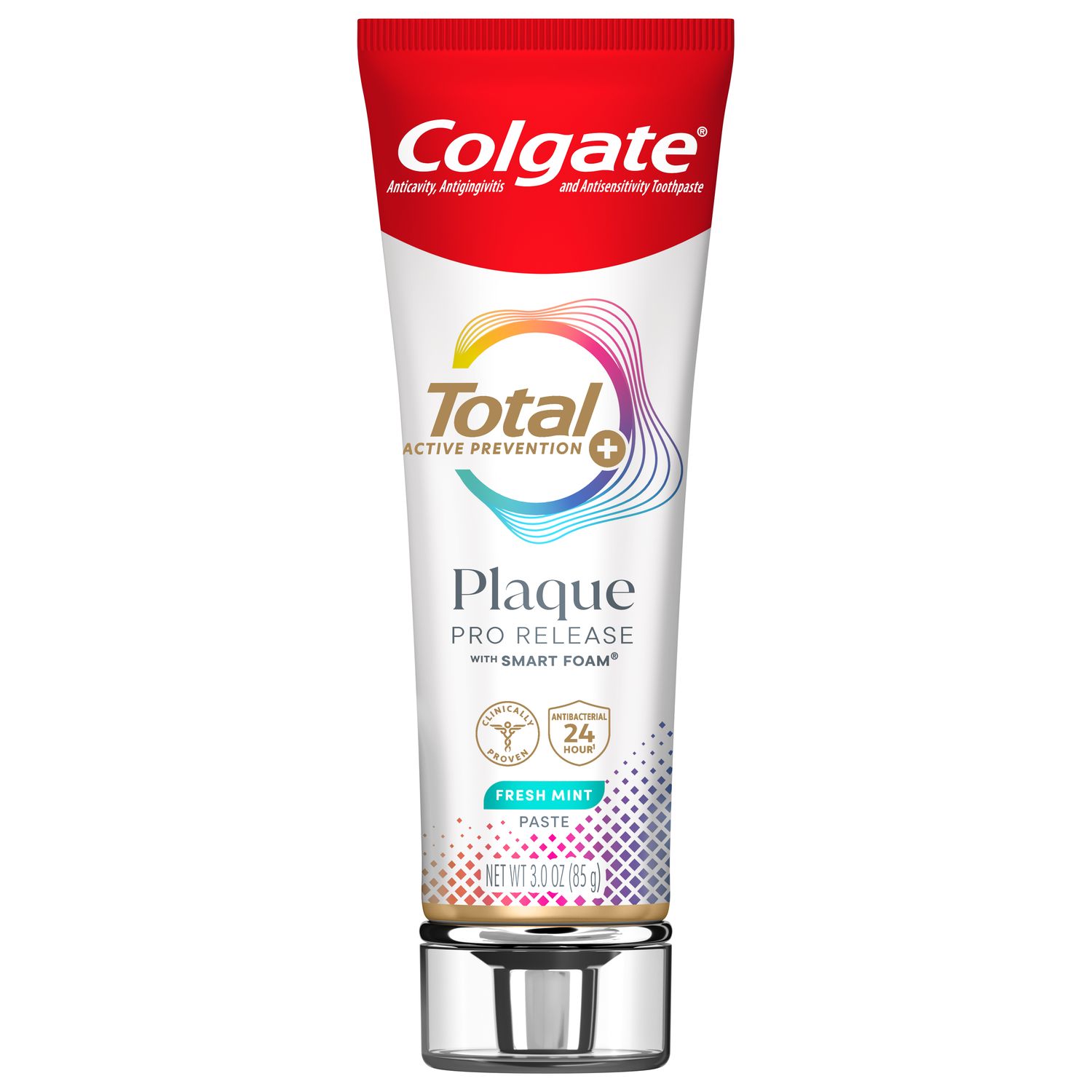
A dental practice might adopt an assisted hygiene model for many reasons, from increasing productivity to offering more appointment options for patients. Whatever the reason, a change in the roster of your dental team must be carefully considered to help ensure patient care isn't compromised and every team member is on board. Learn how gaining an assistant might impact your practice and what you should know before making the switch.
What Does a Hygiene Assistant Do?
According to the Dental Assisting National Board, an assistant's primary responsibility is to do whatever they can to help provide care. While the responsibilities of assistants vary from state to state, their tasks may include taking X-rays, communicating post-op instructions, keeping up with laboratory responsibilities and preparing instruments and equipment.
A hygiene assistant's role extends beyond mere chairside organization. Good communication skills with patients and other care providers are essential. Assisted hygiene staff often work in a capacity where they can develop a personal relationship with the patient, much like a dental hygienist. They must be able to communicate the patient's concerns to the dental hygienist and dentist effectively so that patients don't have to repeat their questions.
The Assistant's Workflow
A hygiene assistant's position is distinct from the role of a clinical assistant. While clinical assistants may work alongside the dentist or oversee infection control according to the Americal Dental Association, hygiene assistants are present to help the dental hygienist. A hygiene assistant must be skilled at multitasking and time management. Performing tasks like updating medical histories can be repetitive, and some assistants choose to supplement their work with other positions like assisting in an oral surgery.
Boosting Efficiency
Assisted hygiene is often implemented to make appointments more efficient for patients and the practice. RDH Magazine describes the 20-20-20 rule for a routine hygiene appointment: The assistant uses the first 20 minutes of an hour-long appointment to perform tasks like taking blood pressure and reviewing medical history, the dental hygienist uses the middle 20 minutes for charting, instrumentation and education and the last 20 minutes are divided between the dentist's time with the patient and disinfecting the room for the next patient.
Every appointment, whether assisted or not, has the potential to run long. The 20-20-20 process allows dental hygienists to care, assess and educate with their time, while assistants help perform the more routine parts of patient care using skills within their scope of practice. The dental hygienist's time is a valuable part of the hour. With careful scheduling, a dedicated assistant can boost production and allow the dental hygienist to see more patients.
Potential Challenges
Adapting to assisted hygiene can be difficult at first and may make a dental hygienist feel as though she is racing to finish or spending too little time with each patient. Talk to your dental team about adjusting the division of time for appointments if you find yourself feeling rushed.,
From the patient side, the most important part of good assisted care is communication. Your patients may be confused by the assisted hygiene model at first. Explain to them that just like the medical assistant, the registered nurse and the physician they may see at a medical check-up, all three of you are similarly involved in the dental office and are there to provide care and answer questions.
As with any type of dental care, the attitude of everyone involved will set the mood of the office. Proactively communicating with your fellow providers and hygiene assistants, and staying positive about your new way of dividing work, can set the stage for a successful day.
Takeaways
- A dental assistant is a valuable member of the dental office who helps care for and develop relationships with patients.
- Assisted hygiene must be organized and scheduled appropriately to be efficient and effective.
- Good communication between dental hygienists, assistants and dentists is vital for helping appointments run smoothly.
Why It's Important
Hygiene assistants help dental hygienists perform their role with all of the care and attention it deserves. Good communication and careful time management will help every member of the office support each other while providing efficient, quality care.
Join us
Get resources, products and helpful information to give your patients a healthier future.
Join us
Get resources, products and helpful information to give your patients a healthier future.













